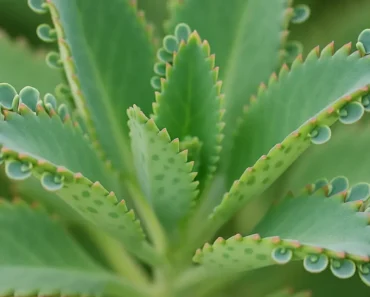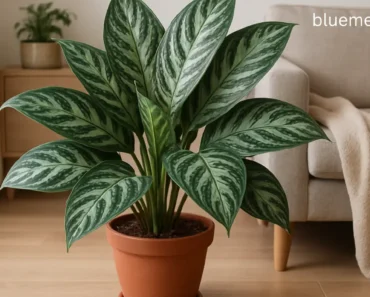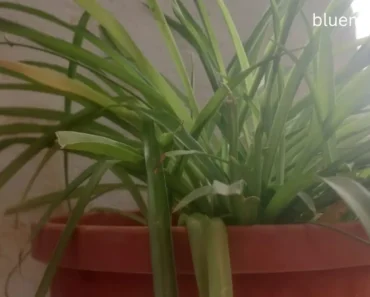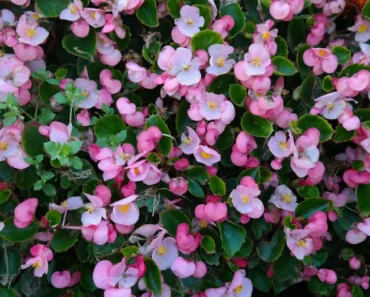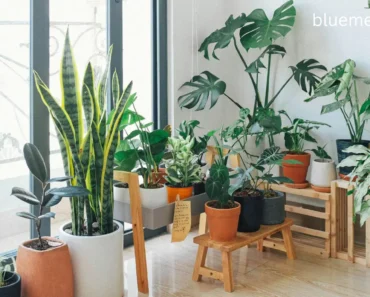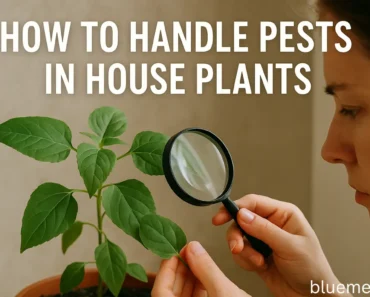Here’s what I wish someone had told me before I killed my 15th plant:
- That gorgeous pot you’re eyeing? For beginners: always pick pots with drainage holes and the right size—good for your plant, even better for you!
- I’ve literally watched more plants die from bad pot choices than from forgetting to water them (and trust me, I forget A LOT)
- Spending five bucks on the right pot beats crying over your dead $50 monstera – been there, done that
- Your snake plant and your fiddle leaf fig want completely different homes, just like you and your weird uncle Bob
- If you’re new, don’t worry! You can make any cute pot work for your plants with a few beginner-friendly tricks.
Confession: I bought a stunning white pot at Target because it matched my coffee table. I didn’t check for drainage holes or plant suitability.
Three weeks later, my beautiful pot held a dead rubber plant. The lesson: looks aren’t everything.
Table of Contents
Why Your Plant’s Home Actually Matters
Five years ago, I picked pots based only on looks—never on plant needs.
My first victim, a snake plant, went in a pretty pot with no drainage holes. Two months later, it was mush—my decor killed it.
That’s when it hit me: a pot isn’t just some fancy container. It’s literally your plant’s entire world. So let’s break down what that means when it comes to materials.
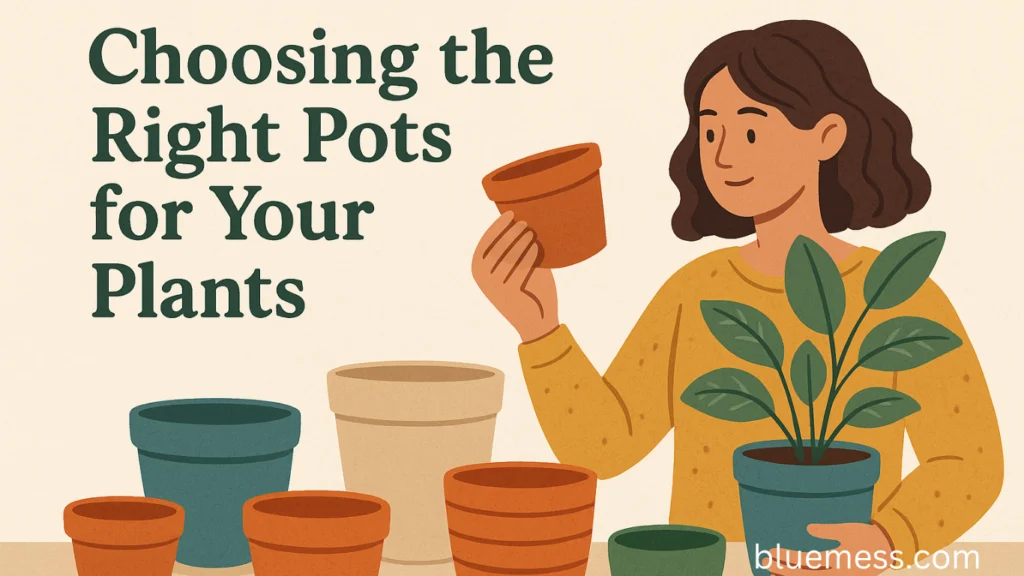
With that foundation, let’s break down your main pot material choices (don’t worry, real talk only):
I used to think terracotta was boring until my success rate shot through the roof. These clay pots breathe – excess water evaporates through the sides instead of drowning your plants. Perfect for succulents, herbs, and anyone who can’t control themselves around a watering can.
Downside: They dry out fast and break when you drop them (which I do, frequently).
Ceramic: Pretty but High-Maintenance
These Instagram stars look amazing but usually come without drainage holes because apparently, designers think drainage is ugly. You can drill holes yourself (terrifying but doable) or use the double-pot trick I’ll tell you about.
Plastic: The Underrated Hero
Plot twist – plastic pots are actually great. They’re lightweight, don’t break, hold moisture well, and won’t bankrupt you. Just buy decent ones with proper drainage, not dollar store specials.
Self-Watering: For the Commitment-Phobic
Built-in water reservoirs sound magical, and they work great for certain plants. But they can become a crutch – I got so dependent on them I forgot how to water normal pots. Also, cacti hate them.
Size Matters: Stop Supersizing Everything
I thought putting tiny plants in huge pots would help, but they just got lost and died in too much soil.
Easy rule for beginners: Only go up one size when repotting. If you have a 4-inch pot, move up to a 6-inch, not a 12-inch.
Beginner tip: When repotting, stick your finger between the plant and the inside wall. Aim for about an inch of space all around—enough room for roots to grow, but not so much that your plant gets swamped.
Drainage: The Hill I Will Die On
NO DRAINAGE = DEAD PLANT. Eventually. I don’t care how careful you think you are.
Try the double-pot hack: place a drainage-pot plant inside a decorative pot, lift with pebbles to avoid standing water. Saved many plant lives—and some arguments!
DIY drainage: You can drill holes in ceramic and plastic pots. Start small, go slow, keep the drill bit wet, and maybe practice on a cheap pot first.
Matching Plants to Pots (The Cliff Notes)
Succulents: Terracotta, wide and shallow, excellent drainage. They’re dramatic about water.
Tropical plants: Ceramic or plastic that holds some moisture but still drains. Get a wide base – these guys get big and tippy.
Herbs: Mediterranean ones (rosemary, thyme) want terracotta. Basil wants consistent moisture in ceramic or plastic.
Flowering plants: Peace lilies like being slightly rootbound, African violets love self-watering pots, orchids are weird and want special bark in plastic pots with tons of holes.
My Epic Fails You Can Learn From
Leaving water in saucers for weeks led to root rot—plants didn’t “drink what they need.”
Bought six stylish but undrained pots for the aesthetic; all six plants died in three months.
I thought I could manage pots without drainage. I couldn’t—lesson learned.
Your Action Plan
- 1. Research your plant: Know if it likes wet/dry conditions and root space.
- 2. Be honest about your habits: Overwaterer? Choose terracotta. Forgetful? Ceramic/plastic.
- 3. Check essentials: Drainage holes, right size, right material, stable base.
- Key takeaway: Put plant health first—choose pots for your plant’s needs, then pick something stylish.
The Real Talk
Your plant can’t text you when its pot sucks. It can only show you through sad, yellow leaves or just giving up entirely. But when you get it right? There’s nothing like watching a plant absolutely thrive because you gave it exactly what it needed.
Here’s your quick-win takeaway: Pick a sad plant, check its pot, fix one thing (drainage, size, material)—see the difference.
Once you see the results from simple changes, you’ll want to optimize for all your plants.
What’s your biggest pot disaster? Drop a comment and let’s commiserate – the best plant advice comes from people who’ve made all the mistakes already.
Now go give your plants the homes they deserve. They’re literally rooting for you.
Author
George Wine is a seasoned gardening expert with over 20 years of experience in the field of horticulture. His passion for plants and nature has driven his career, where he has honed his skills in various aspects of gardening, from landscape design to plant care. George holds a Master of Science in Horticulture from the University of California, Davis (UC Davis), a prestigious institution known for its research and advancements in plant science.
Throughout his career, George has worked with a diverse range of clients, offering tailored solutions to enhance outdoor spaces and create thriving gardens. His knowledge and expertise allow him to provide invaluable advice, ensuring that both novice and experienced gardeners achieve their gardening goals. Whether you’re looking for tips on sustainable gardening practices, innovative design ideas, or advice on specific plant species, George is here to help you cultivate the garden of your dreams.

